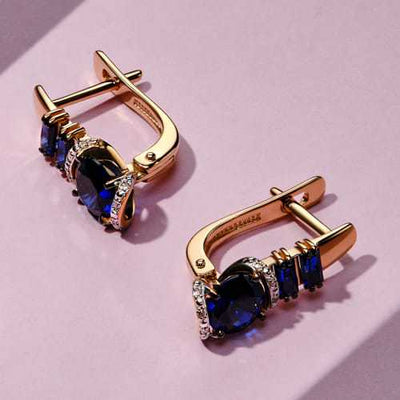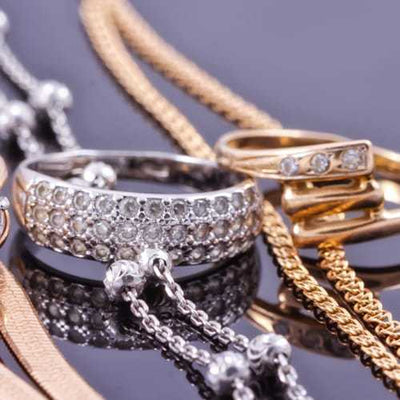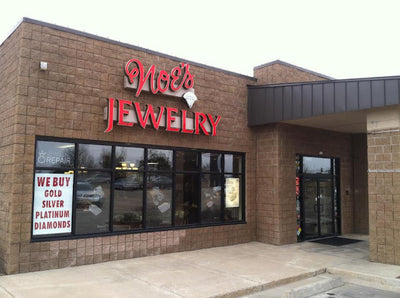Choosing Estate Jewelry: A Unique Piece with a Touch of History
In a counter play to the reality TV world of Bridezillas and bigger-is-better weddings, some couples are opting for simple engagements that give a nod to times past with a ring of vintage, antique or estate heritage. Estate jewelry not only means owning a slice of history through a unique piece of jewelry, it’s also a way to purchase jewelry that’s ethically gained and economically friendly. In some cases this may be an heirloom piece of jewelry or a stone that’s passed down over many generations or perhaps it’s a piece that was found after many days browsing through antique stores and estate sales to find the perfect piece.
Part of the fun of choosing estate jewelry is the ability to own a piece of history that’s unique from the mass-produced options available today. Below is a brief history of jewelry from some of the most popular eras for antique (older than 100 years) and estate (previously owned) jewelry.
Victorian (1837-1901)
Victorian jewelry was made famous during the lengthy reign of Queen Victoria of England. The Victorian period is divided into: Early (Romantic 1837-1860), Mid (Grand 1860-1880) and Late (Aesthetic 1880-1901). During this time, there was great emphasis on mass production, rather than unique pieces. Victorian jewelry is recognizable for its light and delicate designs with diamonds and semi-precious stones. Looks of the time included multicolor gold designs, scrollwork, serpents, and floral and nature themes. The end of the Victorian period was marked by the death of Queen Victoria.
Art Nouveau (1880-1914) - In a counter movement to some of the precious and semi-precious Victorian jewelry, Art Nouveau design focused on the craftsmanship in everyday objects with pieces made from bone, brass and wood. The emphasis was on the beauty of the piece rather than the materials. Natural themes during this era included plants, insects, floral patterns and birds with a penchant for organic and curving lines.
Edwardian (1901-1910) – This period was named for Edward VII who took the throne after the death of Queen Victoria and ended with the beginning of World War I. Society in this time valued fashion and elegance, using diamonds and platinum for their sparkle and shine. This was the first time that jewelry was lit by electric lights rather than candlelight. Favorite shapes of the Edwardian period included ribbons, bows and stars, and artists often strived to recreate the look of delicate embroidery.
Art Deco (1920-1940) - The Art Deco period marked the end of World War I and the heavy restrictions of Victorian times. Encapsulated within the Roaring Twenties, Art Deco celebrated art and industry in the form of symmetry, geometry and bold color and design while incorporating influences from the Orient, Native Americans, Egypt and Africa. The innovation and industry of the Art Deco period came to an end with the beginning of World War II.
Find your own style inspiration through the Estate Jewelry collection at Noe’s Jewelry in Raytown, Missouri. Our jewelry consultants make choosing estate jewelry more than a walk down memory lane.




